The Conjuring of Bigfoot: The Forgotten Case File Detailing the Time Lorraine Warren Met Sasquatch in Tennessee
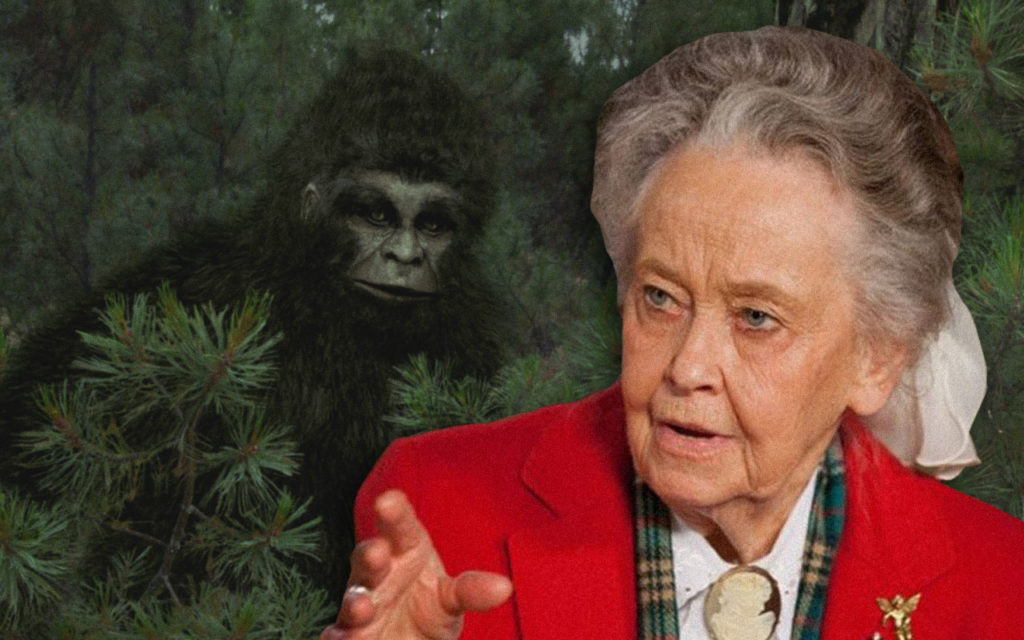
Famed ghost-chasers Ed and Lorraine Warren are best-known for their terrifying cases involving demonic dolls named Annabelle and (maybe) assisting in the Enfield Poltergeist case, but there’s one strange tale you won’t ever see in The Conjuring films: the time Lorraine met Bigfoot.
It was announced this morning that Lorraine Warren, 92, died peacefully in her sleep last night, and the heartfelt tributes to her life have been pouring in since the news broke. I only met Lorraine once, very briefly in 2011, but during my formative years she and her husband’s books played a big part in getting me interested in the subject of ghosts. In fact, had I not read their books in middle school, I might not be a full-time paranormal investigator – or run the Traveling Museum of the Paranormal & Occult – today.
In their book Ghost Hunters, published in 1989, Ed and Lorraine Warren lay out some of their most terrifying cases, investigations which include elements like disappearing Nigerian priests, judo-chop martial arts murders, porno theater demons, and possessed biker gangs, just to name a few. It’s legitimately one of the weirdest, craziest books you’ll ever read, and gives you a much better idea of the duo’s actual views and investigations than offered in The Conjuring or Gerard Brittle’s book The Demonologist.
Ghost Hunters was one of the very first books I’d ever read about paranormal investigation, and it scared the hell out of me. While reading, I’d often wonder if I was possessed because I played with kids adopted from other countries (an actual case file in the book), wonder whether I might be possessed because I liked fantasy books (again, actual case file), and by the time I reached the end, eleven-year-old me was seriously considering converting to Catholicism so I wouldn’t become possessed. The book didn’t exactly age well.
ADVERTISEMENT
Tucked away between the tales of demonic terror, however, is a very interesting case file unlike any other in the Warrens’ catalogue. It’s not scary at all.. in fact, it’s actually kind of sad. Titled simply “Bigfoot” and covered in a scant eight pages, this Ed and Lorraine Warren story is largely forgotten, even though it’s both wildly entertaining and presents some pretty groundbreaking ideas for paranormal research in the 1980s.
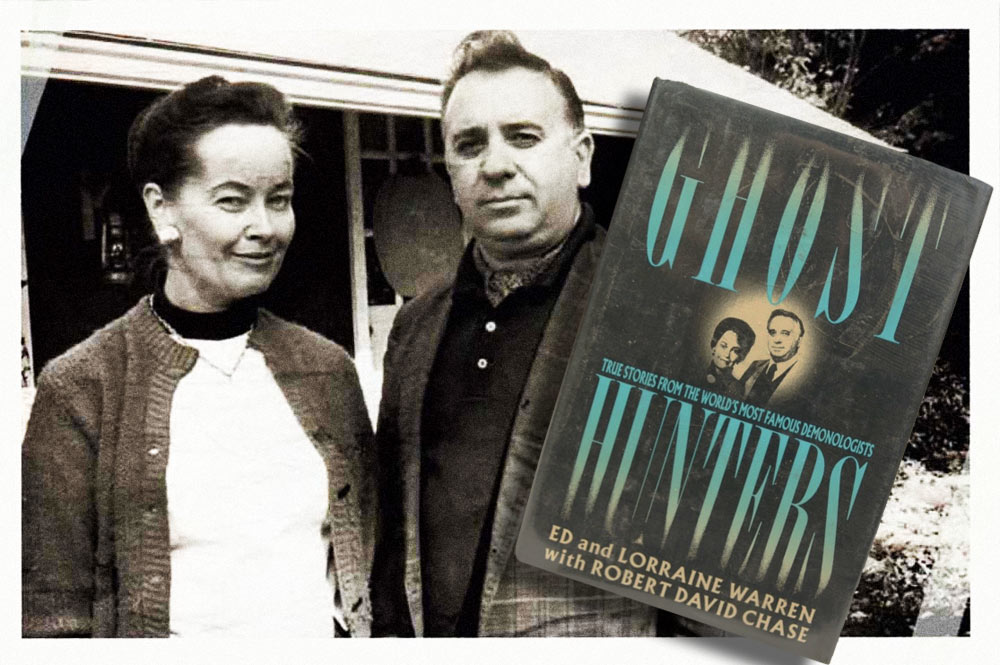
The file begins with a quote from Lorraine:
“We had never paid much attention to the stories about Bigfoot. I wouldn’t say that we dismissed them as fictitious, but Bigfoot didn’t hold much interest for psychic investigators. That changed one spring when we were lecturing in Tennessee and a reporter from the Elk-Valley Times contacted us and told us about some hill people who kept insisting that something was threatening their children…”
On a foggy morning just before embarking on a four-day lecture tour, Ed and Lorraine headed to rural Tennessee in order to meet with a group of frightened “hill people” seeking their help with a very strange problem: something dwelling in the local forest was after their children. Just the day before they’d arrived, one woman claimed that a massive “ape-man” had crept up to her two-year-old child and attempted to snatch him by the arm.
Lorraine didn’t exactly believe the stories, but having “never seen poverty this raw,” her sense of guilt pushed her to entertain the witnesses’ claims and help ease their fears. A short time later, she found herself following them into the woods, climbing steep hills and descending into the gorges in search of the legendary monster. As a psychic ghost hunter, it wasn’t exactly the kind of investigation she was used to.
Hours later, exhausted from hours of hiking and frustrated with what felt like a waste of time before a busy lecture tour, Lorraine took a break near a tree. Suddenly, her mind flashed with a mental image of a large creature, “a fusion of man and ape” with long arms and shaggy hair. Its face was like that of a caveman, but its eyes were kind and “shone with intelligence”. Lorraine knew it was Bigfoot.
As she focused in on the being, she realized that the creature was just forty-feet from her, hiding in the thick brush, and he was in pain. Lorraine knew this because Bigfoot was telepathically speaking to her with his mind.
“He was hurt,” the chapter reads, “his hairy, splayed foot scabbed with still-seeping blood. During his travels that day, he had somehow injured his foot. Afraid that his injury would keep him from returning to his secret cave, the creature now projected great fear.”
Bigfoot missed his family, and fearing death or capture by the humans seeking him out, felt trapped and isolated. He was scared for his life.
Lorraine began to send Sasquatch telepathic messages, explaining that he had terrified the settlement by attempting to kidnap one of their children, but Bigfoot shook his head, responding that he had only meant to make friends with the child.
“Youngsters don’t have the prejudices of adults,” he told her, “so he felt he could perhaps explain himself to the child just as he was explaining himself to Lorraine.”
Eager to help, Lorraine began to shake with anxiety as she hushed her hiking group, needing complete concentration for her communication with Bigfoot, whom she felt a maternal love for.
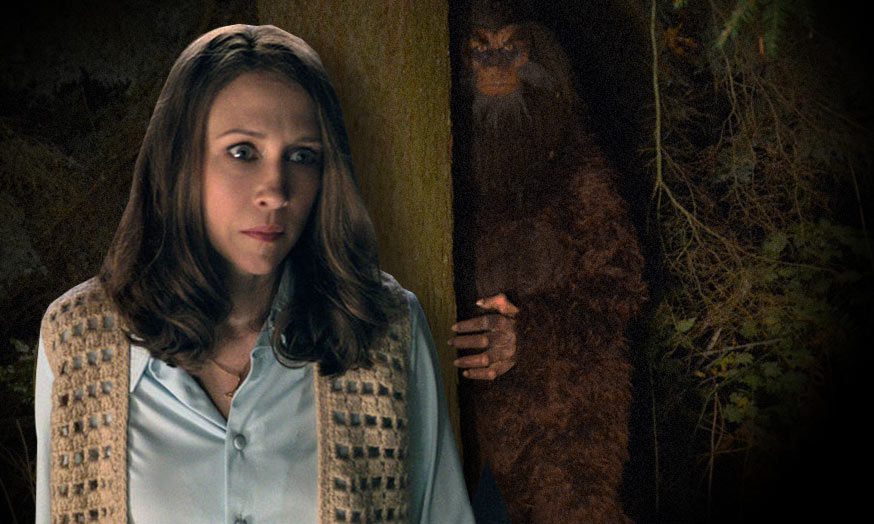
As she crept closer into the brush, projecting images of her bandaging Sasquatch’s foot, she spoke softly to the beast, hoping to calm Bigfoot enough to approach him.
“I am coming to you,” she mentally whispered, “I will help you, I will be your friend.”
Suddenly, the sound of bullhorn rang out, breaking her concentration and sending Bigfoot fleeing into the forest. A member of the hiking group had honked the horn as a joke, startling Lorraine.. and frightening the Sasquatch.
Lorraine’s mental images became frantic, the searing pain of Bigfoot’s injury almost too much to take. He was running as fast as he could, limping up a hill, shaking with fear and exhaustion. Then, the projections disappeared. Bigfoot was gone.
Lorraine spent the next twenty minutes following a trail of blood “both redder and more viscous than a human blood” to the edge of a cliff. No sign of the creature could be found.
And so the case file ends, with an apparent Sasquatch suicide. It’s a sad finale to what is quite possibly the weirdest Warren investigation (though the “state park garbage can monster” comes close), but it doesn’t end there.
In an intriguing addendum to the tale, demonologist Ed Warren chimes in to offer his own thoughts on Bigfoot, which are mighty interesting for a ghost hunter of the time period.
“It is my belief that Bigfoot is a Tulpa, a mind projection,” Ed states. “So is the Loch Ness monster and many other now-you-see-it-now-you-don’t creatures that get reported to the press.”
In the most simplistic terms, Ed Warren is saying that Bigfoot is a ghost, decades before most ghost-centric paranormal researchers were catching on to the idea. He goes on to state that he believes the same could be said of UFOs, then goes and blames it all on “black magic”, which he might not be completely wrong about, if you consider the theory that Aleister Crowley summoned the Loch Ness monster. It’s pretty forward-thinking stuff from the ghost hunting community of the time period, even if you have to peel the Catholicism away to see it.
I’ll say it again: Ghost Hunters is one of the weirdest paranormal books you’ll ever read, and the modern media doesn’t do Ed and Lorraine Warren’s actual investigations justice – their cases are downright bonkers, loads of fun to read, and you’ll never see them in The Conjuring. They met Bigfoot, for god’s sake.
Regardless of how you feel about the Warrens and their complicated history, there’s no denying that their larger-than-life legacy has left a huge impact on both pop culture and paranormal investigation, and much like a poltergeist haunting an old Victorian home, their presence will be felt for years to come.
Lorraine was an icon, not just because of her uncanny ability to find herself at the center some of the world’s most mysterious hauntings, but because she was a confident female voice in a field largely dominated by men. Lorraine Warren helped pave the way for women involved in paranormal investigation, and without her, who knows how many young Amy Brunis, Katrina Weidmans, or Amy Allens might never have existed as we know them today.
The truth is, those of us involved in paranormal research at a professional level – whether skeptic, believer, or agnostic – owe Lorraine a great deal of debt for helping pave that path.
Rest in peace, Lorraine.
MORE GREAT STORIES FROM WEEK IN WEIRD:


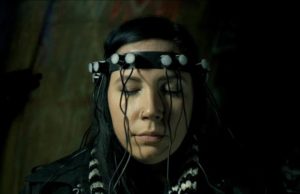

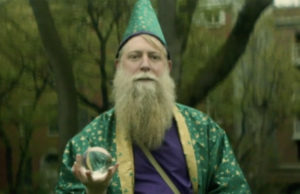

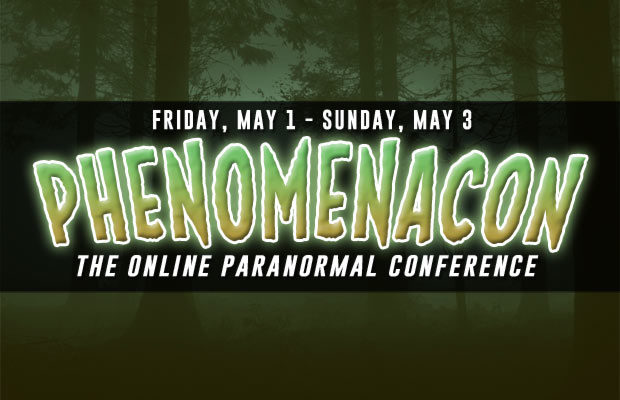
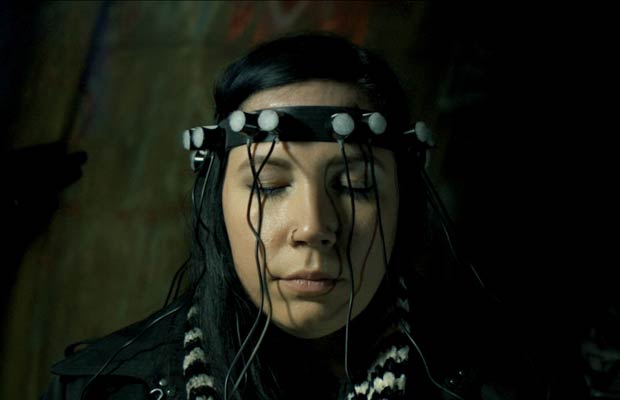

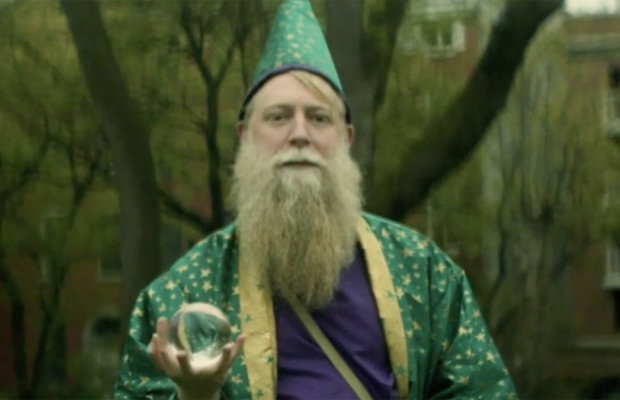

You must be logged in to post a comment Login